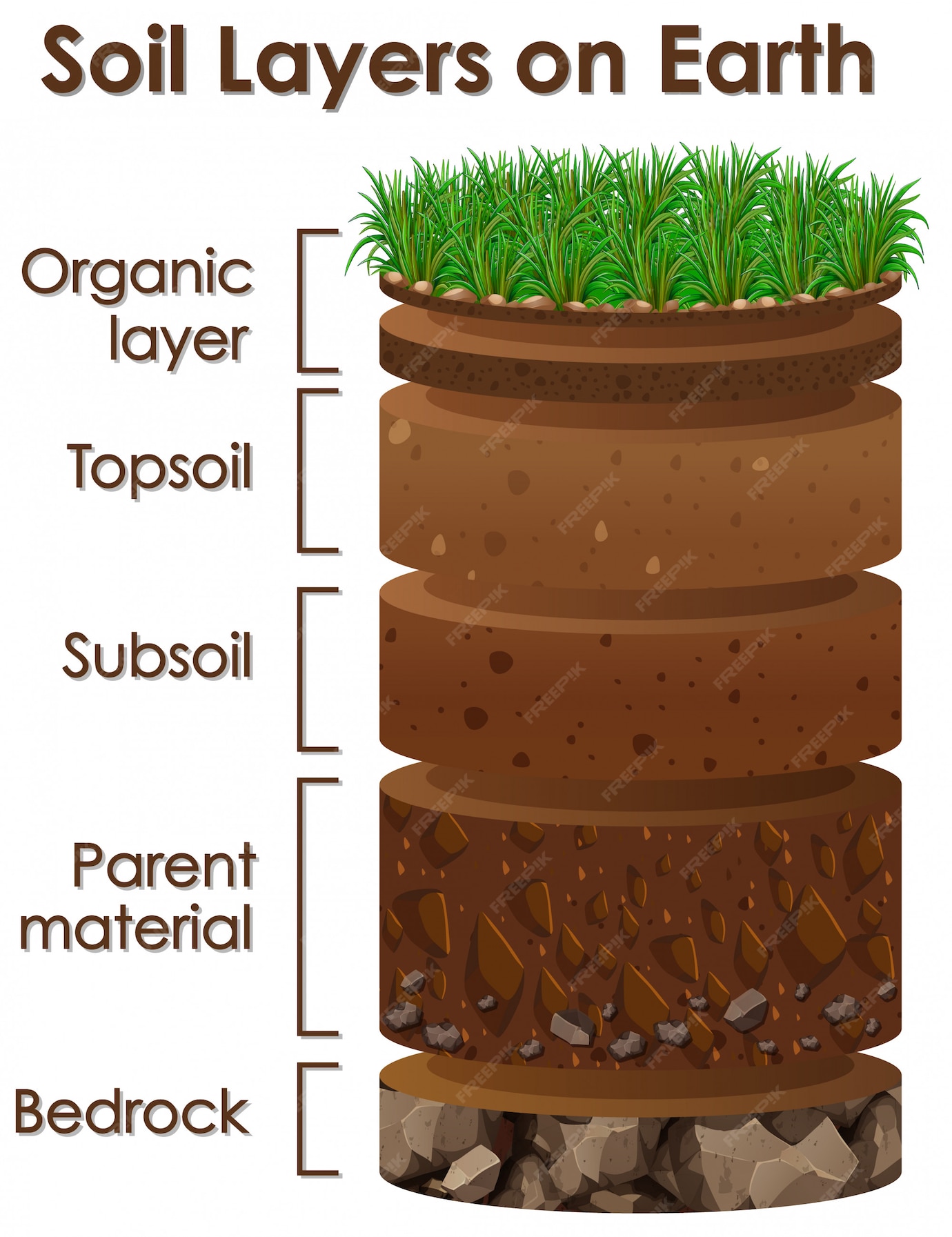How to Start a No-Dig Garden: A Comprehensive Guide

Are you dreaming of a lush, vibrant garden but dreading the back-breaking work of digging and tilling? The no-dig garden method might just be your perfect solution. Imagine creating a thriving oasis without ever lifting a shovel. Sounds too good to be true? It's not. Let's dive into the world of no-dig gardening and discover how you can transform your outdoor space with minimal effort.
Understanding the No-Dig Method
The no-dig method, also known as lasagna gardening, is a revolutionary approach to gardening that eliminates the need for traditional soil cultivation. Instead of digging and turning the soil, you build layers of organic materials directly on top of the existing ground. This method not only saves you time and energy but also promotes healthier soil and happier plants.
Benefits of the No-Dig Method
- Soil Health: By avoiding digging, you preserve the natural structure of the soil and the beneficial microorganisms that live within it.
- Water Retention: Layered organic materials help retain moisture, reducing the need for frequent watering.
- Weed Control: A thick layer of mulch suppresses weed growth, making your garden easier to maintain.
- Environmentally Friendly: No-dig gardening reduces soil erosion and promotes sustainable practices.
Getting Started: Preparing Your No-Dig Garden
Before you embark on your no-dig gardening journey, there are a few essential steps to take. Let's break it down into manageable tasks.
Step 1: Choose the Right Location
Select a spot in your garden that receives ample sunlight and has good drainage. Avoid areas with heavy foot traffic or where water tends to pool.
Step 2: Gather Your Materials
You'll need a variety of organic materials to create your soil layers. These can include:
- Newspaper or Cardboard: To smother existing weeds and grass.
- Compost: Rich in nutrients, it forms the foundation of your garden.
- Mulch: Such as straw, wood chips, or leaves, to retain moisture and suppress weeds.
- Manure: Well-rotted manure adds valuable nutrients to the soil.
Building Your No-Dig Garden
Now that you have your materials, it's time to start building your no-dig garden. Follow these steps to create a thriving ecosystem for your plants.
Step 3: Lay Down the Base Layer
Cover the chosen area with a thick layer of newspaper or cardboard. This will block out light and prevent weeds from growing. Make sure to overlap the edges to ensure complete coverage.
Step 4: Add Organic Layers
Begin layering your organic materials on top of the newspaper or cardboard. Start with a layer of compost, followed by a layer of mulch, and then another layer of compost. Continue this process until you have a depth of about 12 inches.
Step 5: Water and Wait
Once your layers are in place, water them thoroughly. The organic materials will begin to break down, creating a nutrient-rich soil perfect for planting. Allow the layers to settle for a few weeks before planting.
Planting in Your No-Dig Garden
With your no-dig garden bed prepared, it's time to introduce your plants. Here are some tips to ensure successful planting.
Step 6: Choose the Right Plants
Select plants that are well-suited to your climate and soil conditions. Consider a mix of vegetables, herbs, and flowers to create a diverse and vibrant garden.
Step 7: Planting Techniques
Make small holes in the top layer of mulch and plant your seedlings directly into the compost. Ensure the plants are well-watered and gently press the soil around them to secure them in place.
Step 8: Maintain Your Garden
Regularly water your plants and keep an eye out for pests and diseases. Add a fresh layer of mulch as needed to maintain soil health and suppress weeds.
Tips for Successful No-Dig Gardening
To ensure your no-dig garden thrives, follow these expert tips:
- Composting: Regularly add compost to your garden to replenish nutrients.
- Mulching: Use a variety of mulch materials to provide different benefits to your soil.
- Raised Beds: Consider building raised beds to improve drainage and make gardening more accessible.
Conclusion
Starting a no-dig garden is not only a practical but also an environmentally friendly way to cultivate a beautiful and productive outdoor space. By following the steps outlined in this guide, you can create a thriving garden without the back-breaking work of traditional methods. So, why wait? Grab your materials, choose your spot, and start building your no-dig garden today. Your plants—and your back—will thank you.
FAQs
What is the best time of year to start a no-dig garden?
- The best time to start a no-dig garden is in the fall or early spring. This allows the organic materials to break down and create a rich soil before the main growing season.
Can I use any type of mulch for a no-dig garden?
- While many types of mulch can be used, it's important to avoid materials that may introduce weeds or pests. Opt for well-rotted compost, straw, or wood chips.
How often should I add compost to my no-dig garden?
- Adding compost once or twice a year is generally sufficient. This helps replenish nutrients and maintain soil health.
What if I encounter pests in my no-dig garden?
- Regularly inspect your plants for signs of pests. Use organic pest control methods, such as neem oil or insecticidal soap, to manage any issues.
Can I convert an existing garden to a no-dig garden?
- Yes, you can convert an existing garden to a no-dig garden by following the same layering process. Simply cover the existing soil with newspaper or cardboard and build your layers on top.


0 Response to "How to Start a No-Dig Garden: A Comprehensive Guide"
Post a Comment